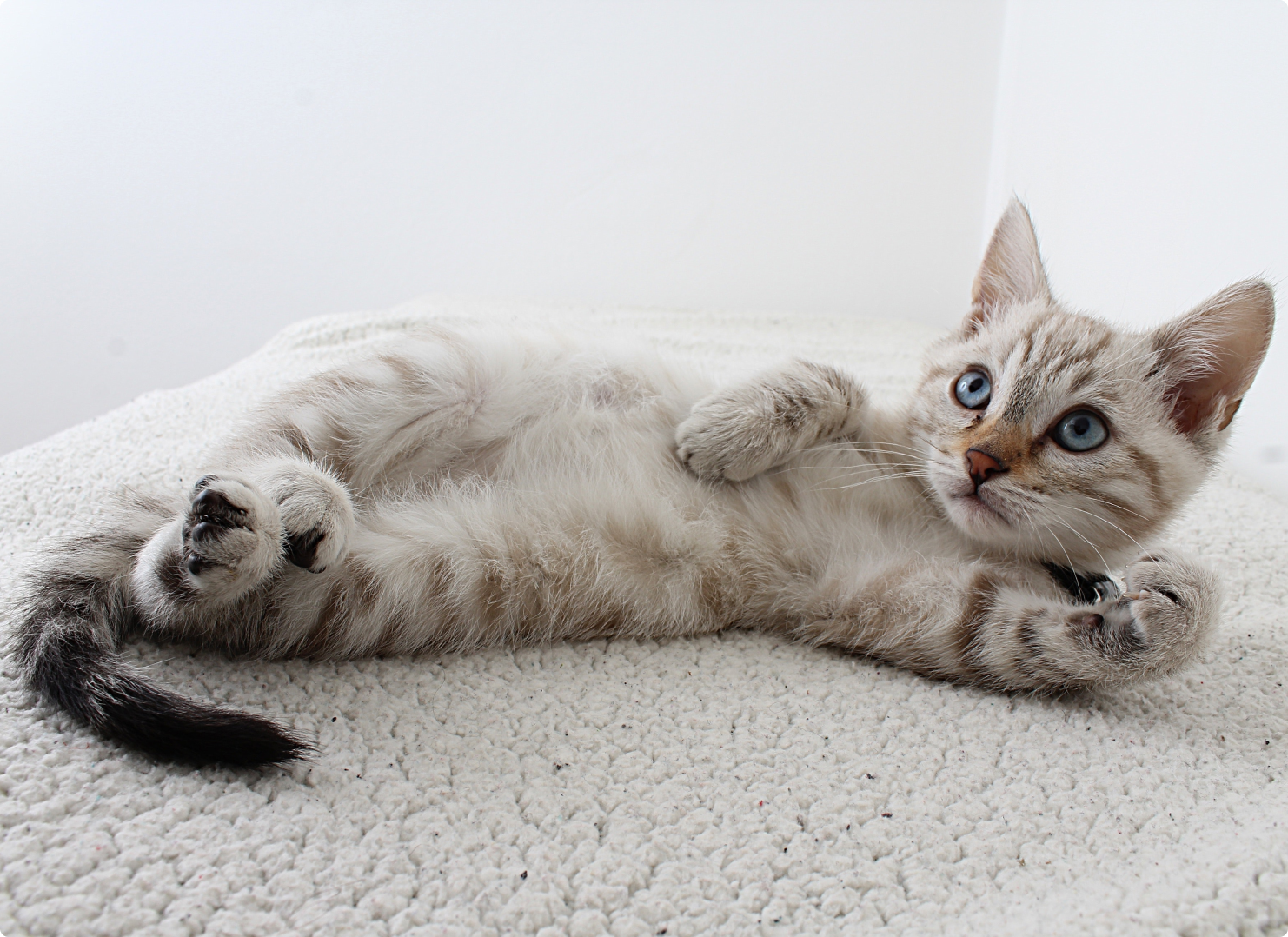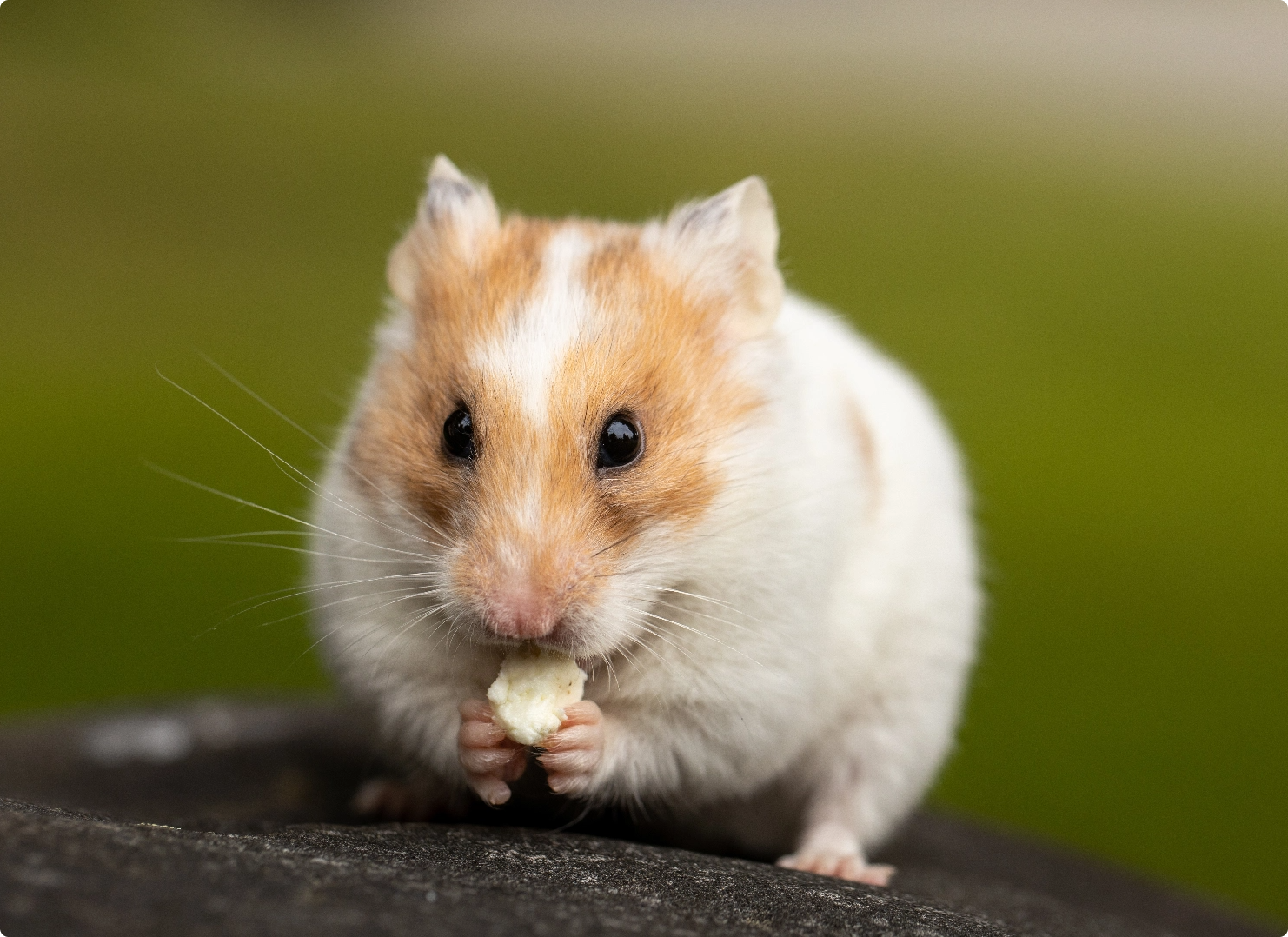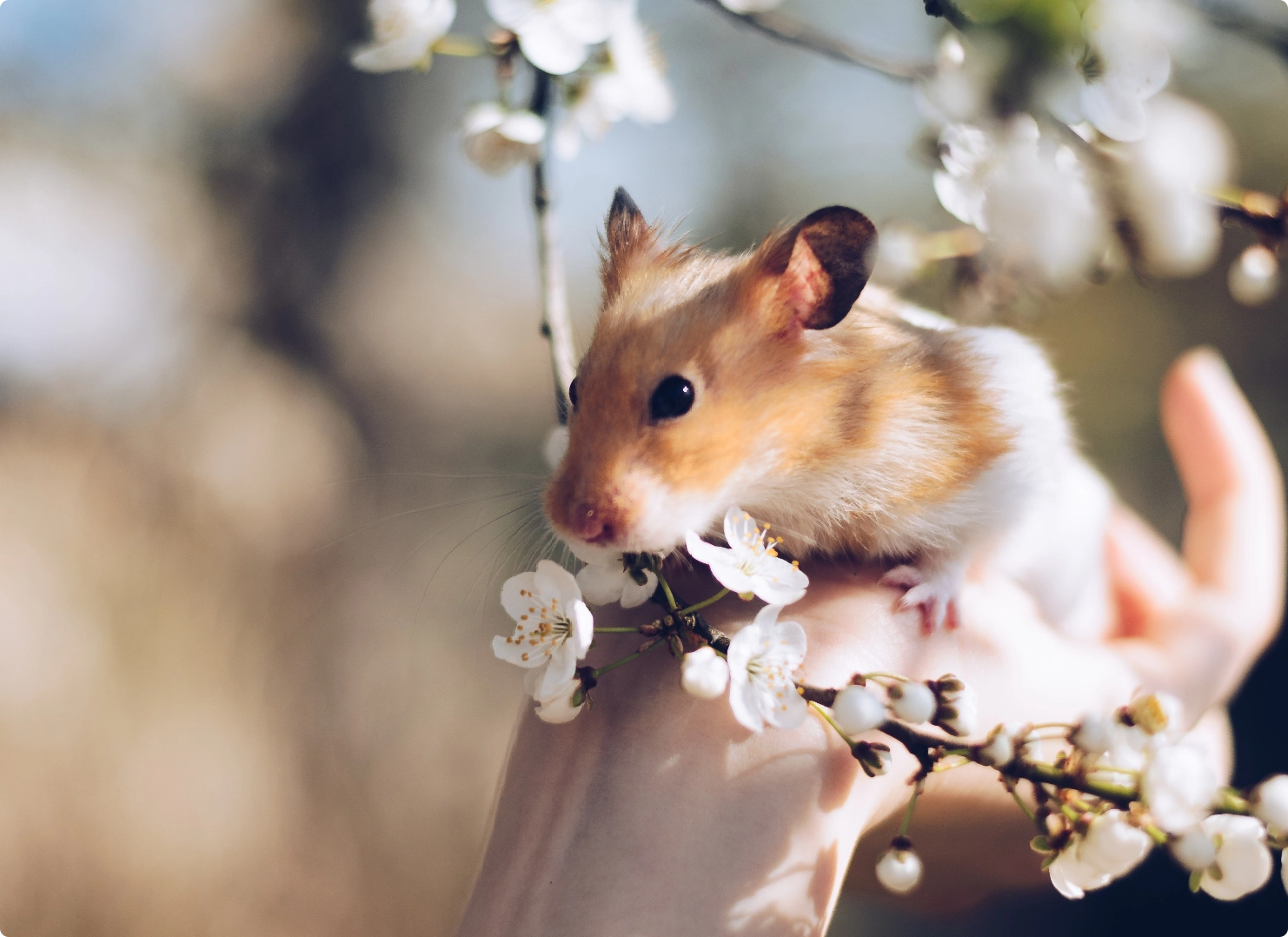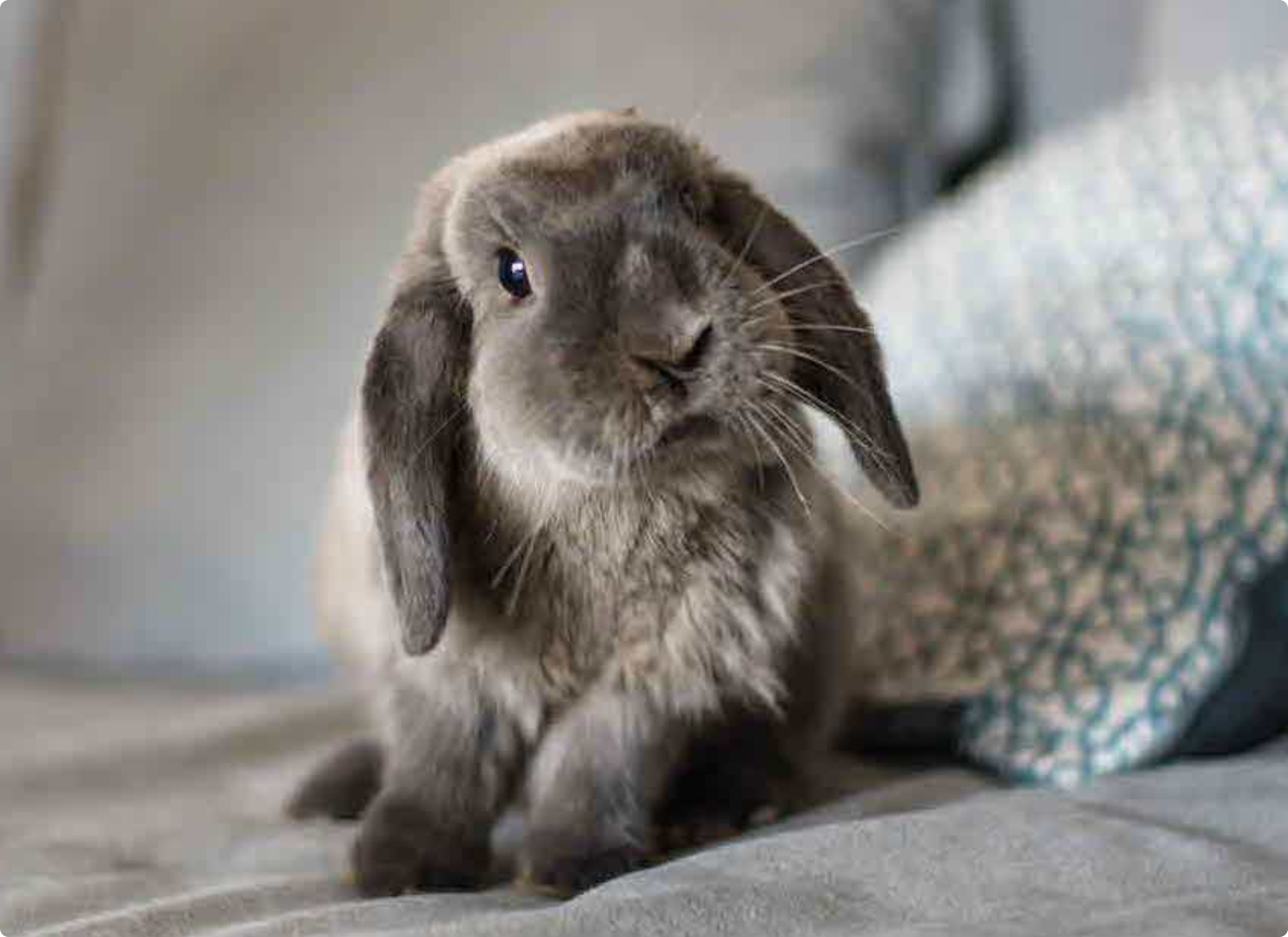
Did You Learn About Your Pet Cat Body Language Yet?



Did You Learn About Your Pet Cat Body Language Yet?
Your cat’s body posture tells you how it is feeling
It’s important to note that context plays a huge role in decoding cat body language.
Dr. Marci Koski, a certified feline behavior and training consultant who founded Feline Behavior Solutions, advises always factoring in context when considering a cat’s behavior.
Context includes – but isn’t limited to – where your cat is, who else is around, when your cat last ate, and what activities are happening in close proximity.
Tail High In the Air (relaxed context):
This is the cat’s way of saying, “I’m happy and absolutely ready to play if you wanna.”
Tail High In the Air (tense context):
Cats who toss their tails straight into the air when meeting a new cat or facing a potentially threatening situation are indicating they’re ready to fight if necessary.
Often, this action comes with bristled fur.
Tail High In the Air (quivering):
This doesn’t occur in un-spayed or unneutered felines, yet according to the Humane Society, a quivering tail likely means your kitty is really excited and about to spray or urinate to prove it.
Low, Tucked Tail:
When cats are afraid, they try to make themselves as small as possible, a tucked tail make them tinier targets and show us they’re not into whatever is happening.
Tail Flicking Back and Forth:
This means your cat is a little agitated and wants to be left alone, in certain contexts, it could simply indicate the cat is on high alert (almost like it’s thinking).
Arched Back (with bristled fur):
An arched back combined with bristling fur and an alert expression is a sign of aggression, your kitty is alarmed.
Cats will try to make themselves as big as possible if they feel threatened.
Arched Back (with a yawn):
It’s also a really nice stretch, odds are your cat is either just waking up or about to curl up for a nap.
Standing or Walking Sideways:
This seems like something cats might do on the regular, but positioning their bodies sideways or moving to a position that only exposes one side of their body means they are ready to run if needed. In a word, they’re fearful.
Facing Head On:
Unlike canines who may see a head on interaction as a sign of aggression, cats do this when they are feeling self-assured and positive.
Facing Away:
The cat is demonstrating trust in the companions, and you definitely shouldn’t launch a surprise snuggle but enjoy the trust your pet gave you.
Crouched (with alert expression):
Again, crouching is simply preparation to leap out of harm’s way, an alert crouch means your cat is anxious.
Crouched (wiggling butt):
A crouched cat, wiggling its butt, is about to pounce on something.
Stretching Or Rolling Around, Belly Up:
Exposing the belly is a huge sign of trust! It means your cat feels totally secure and relaxed around you. As Cat Protection warns, it doesn’t mean that your cat wants you to rub it’s belly and might bite you if you try.
Standing Still – Frozen:
A cat that stands (or stops mid stroll) perfectly still is assessing an uncomfortable situation.
Tall Erect Ears:
Your cat is on high alert. What. Was. That. Noise.
Forward Relaxed Ears:
Your cat is calm and feeling very comfortable.
Swiveling Ears:
You cat is investigating everything going on around it, taking it all in.
Flattened Ears Or Whiskers:
Your cat is not having a good time; it’s mad or scared and probably about to run.
Blinking Slowly and Steadily:
If you get a slow, steady gaze with some blinks, it means your cat is comfortable around you and maybe a little sleepy.
Dilated Pupils:
Simply put, dilated pupils are a sign your cat is keyed up. It could be due to anything from anger to fear to excitement. It’s important to rely on the rest of the body for additional context clues.
Tiny Pupils:
When your cat’s pupils narrow into tiny slits, they could be signaling aggression, or simply the light in the room is too strong.
Head Rubbing:
When cats rub their heads against stuff (your leg, a chair, the corner of a door), they are marking their territory.
Kneading:
Cats will scrunch their paws into tiny fists over and over again as a way to express extreme happiness. As kittens, this is the mechanism they used to increase milk flow from their mothers during nursing.
Vocalization:
MEOW: Truly, a meow can mean so many different things. It’s literally a one-size-fits-all noise from your cat. Look at the context of the situation and her body language to figure out what the cat is trying to tell you.
CONSTANT MEOWING: Meowing the point of absurdity (a consistent, constant meow) could very well mean your cat doesn’t feel good and should see the vet.
CHIRP: A cat who enters a room chirping likely wants attention and is frustrated by being ignored. A chirp once the toys come out indicate pure joy and enthusiasm.
TRILL: Similar to a chirp, a trill is a friendly, “Hello! What’s up with you? Anyone interested in playtime?”
PURR: Purring is often solely associated with utter pleasure (which is true!), but it’s also a form of self-soothing. A lethargic or reclusive cat who routinely purrs could be in pain.
GROWL: It usually means the cat is fighting or defending a territory.
HISS: Cats will make this sound when facing an enemy.
YOWL: A low yowl is a sad noise. Your cat is expressing despair; it feels like there’s nothing else can be done and is very afraid or upset.





